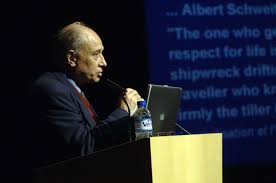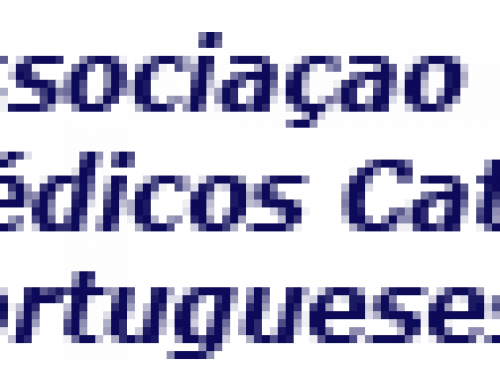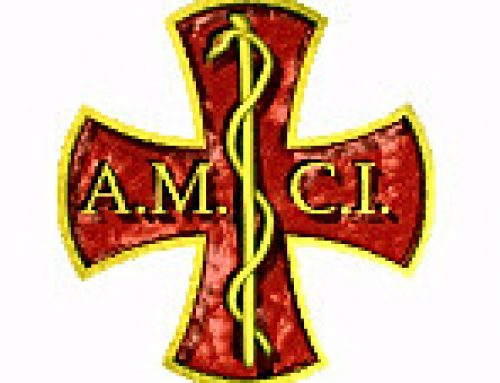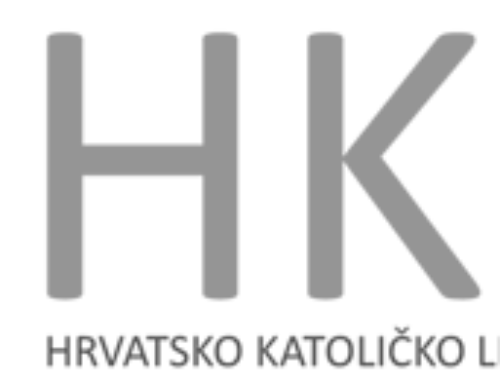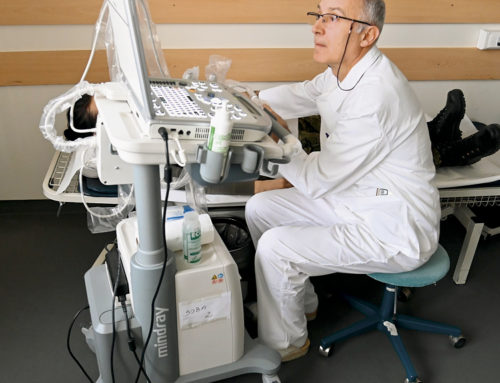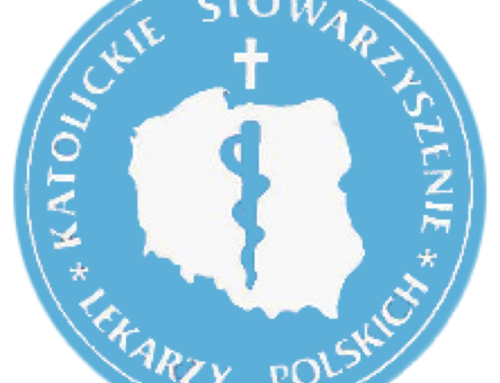Conferência François Blin
FEAMC Congress, Porto, October 2016
Past, present and future of FEAMC / Passé, présent et avenir de la FEAMC / O passado, o presente e o futuro da FEAMC
Summary /Résumé / Resumo
In Europe, the medical schools emerged from the IX-XII centuries, and were all Christian until at least the late XVIII century. The first associations of Christian doctors appeared at the end of the XIX century. The first pilgrimage of Catholic Doctors to Rome took place in 1904, and the first International Secretariat was created by Dr. Octave Pasteau (France) in 1924, with the approval of Pope Pius XI. After the 2nd World War, from 1947 a second International Medical Secretariat (branch of Pax Romana) is chaired by Professor Luigi Gedda (Italy) until 1966, date of the foundation of FIAMC. A specifically European branch is constituted at a Congress in Malta in 1964, and FEAMC is officially created in January 1971 in Paris, and chaired by Professor Jean Lereboullet (France) until 1980. The fall of the Berlin Wall in 1989 almost doubles the number of member-countries.
- FEAMC has now 20 member-countries : 11 from Western Europe (Belgium, France, Germany, Great Britain, Ireland, Italy, Netherlands, Portugal, Scandinavia, Spain, Switzerland), and 9 from Eastern Europe (Croatia, Hungary, Lithuania, Poland, Czech Rep., Romania, Slovakia, Slovenia, Ukraine). Three countries disappeared between 1996 and 1999 (Austria, Luxembourg, Malta). Board Meetings are held twice a year, and Congresses every 4 years. A biannual bulletin has been published since 1969, and a Website since 2000. FEAMC intervened several times in the European debates on bioethics in particular with the Council of Europe about end of life issues, held a meeting in the European parliament in Brussels in 2011, and two recent ecumenical meetings. The two most used languages are English and French.
- It is difficult to predict the future, given the significant current transformations in Europe. Some associations have seen their numbers decreasing significantly since the 1950s. Challenges of scientific and technical developments in medicine and biology are numerous. The relational climate and sincere friendship between many members of the board, as well as the resolutely pastoral aspect of the Church under the leadership of Pope Francis, allows to be confident.
En Europe, les facultés de médecine sont apparues à partir du IXe-XIIe siècle, et ont toutes été chrétiennes au moins jusqu’à la fin du XVIIIe siècle. C’est à partir de la fin du XIXe siècle qu’apparaissent les premières associations de médecins chrétiens. Le premier pèlerinage des médecins catholiques à Rome a lieu en 1904, et le premier Secrétariat International est créé par le Dr Octave Pasteau (France) en 1924, avec l’approbation du Pape Pie XI. Après la 2e guerre mondiale, à partir de 1947, un 2e Secrétariat International de médecins (branche de Pax Romana), est présidé par le Pr Luigi Gedda (Italie) jusqu’en 1966, date de la fondation de la FIAMC. Une branche spécifiquement européenne se constitue lors d’un Congrès à Malte en 1964, et la FEAMC est officiellement créée en janvier 1971 à Paris. Elle est présidée par le Pr Jean Lereboullet (France), jusqu’en 1980. La chute du mur de Berlin en 1989 double presque son effectif.
La FEAMC compte aujourd’hui 20 pays-membres, dont 11 d’Europe occidentale (Allemagne, Belgique, Espagne, France, Grande-Bretagne, Irlande, Italie, Pays-Bas, Portugal, Scandinavie, Suisse), et 9 d’Europe de l’Est (Croatie, Hongrie, Lituanie, Pologne, Rép. Tchèque, Roumanie, Slovaquie, Slovénie, Ukraine). Trois pays ont disparu entre 1996 et 1999 (Autriche, Luxembourg, Malte). Les réunions de bureau ont lieu 2 fois par an, et les congrès tous les 4 ans. La FEAMC publie un bulletin semestriel depuis 1969, et a un site web depuis 2000. Elle est intervenue plusieurs fois dans le débat bioéthique européen notamment auprès du Conseil de l’Europe sur les questions de fin de vie, a tenu une réunion dans le parlement européen à Bruxelles en 2011, et deux réunion oecuméniques récentes. Les deux langues les plus utilisées sont l’Anglais et le Français.
Il est difficile de prévoir l’avenir compte tenu des importantes transformations actuelles de l’Europe. Certaines associations ont vu leur effectif décroître de façon importante depuis les années 1950. Les défis liés à l’évolution scientifique et technique de la médecine et de la biologie sont nombreux. Le climat relationnel et la très sincère amitié qui existe entre de nombreux membres du bureau, ainsi que l’aspect résolument pastoral de l’Eglise sous la houlette du Pape François, permettent d’avoir bon espoir.

